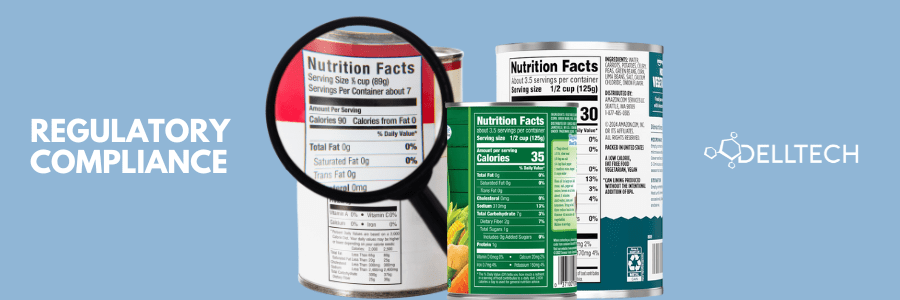By: Gorby Sandhu, SENIOR REGULATORY AFFAIRS SPECIALIST, email
In Canada, preservatives and treated articles are regulated as Pesticides under the Pest Control Products Act and managed by the Pest Management Regulatory Agency (PMRA) and in USA these are regulated by Environmental protection agency (EPA).
The Pest Control Products Regulations define a treated article as: an inanimate product or substance, but does not include a food as defined in section 2 of the Food and Drugs Act,
- that, during the manufacturing process, is treated with a pest control product either by intentionally:
- incorporating the product into the article; or
- applying it to the article, and
- whose primary purpose, prior to that treatment, is not, directly or indirectly, to control, destroy, attract or repel a pest or to mitigate or prevent the injurious, noxious or troublesome effects of a pest.
Few examples of pesticide treated articles are antimicrobials (for example, textile treated with a preservative), insecticides (for example, insecticide-treated clothing), and herbicides (for example, herbicide-treated landscape fabric).
Many everyday items, for example: household products, paints, detergents, cleaners, clothing, and plastic items including toys, shower curtains, as well as wood products like utility poles, have been treated with antimicrobial preservatives during the manufacturing stage. This is done to extend a product’s shelf-life. The range of products that could be treated with antimicrobial pesticides is quite broad. In most cases, there is no requirement for the product label of an article treated with an antimicrobial preservative to include a statement indicating it has been treated. Therefore, knowing which articles have been treated is not always obvious. Treatment with a preservative allows the manufacturer to produce a longer-lasting product, which is a quality many consumers are looking for when making a purchase.
PMRA also subdivides types of preservation into categories i.e. In-Can Preservation, Dry-Film Preservation, Fibre/Textile, Leather, Rubber and Polymerized Material Preservation and Wood Preservation. Fabric softeners, laundry additives are the most examples of In-Can preservation while paint coating is the most common example for Dry-film preservation.
A pesticide that has been intentionally incorporated into or applied to an article during manufacture for import, sale or use in Canada must be registered or otherwise exempt under the Pest Control Products Act. Even though registration is not required for these authorized treated articles under the treated articles exemption they are subject to regulatory oversight under the Pest Control Products Act.
Some treated articles themselves also need to be registered with PMRA while for some treated articles, only their preservative needs to be registered. If a pesticide has been incorporated into or applied to an article in order for the article to act as a delivery mechanism for the pesticide, then treated article will also needs to be registered. For example, in the case of clothing treated with an insecticide to repel mosquitoes or ticks, both the clothing and the pesticide used to treat it would need to be registered. If a pesticide has been incorporated into or applied to an article in order to provide a benefit to the product itself in terms of preservation, then the treated article itself will not require registration, only the preservative will.
Before a pesticide is registered in Canada, the PMRA conducts a scientific assessment of any potential public health or environmental risks and determines whether there is value in using that product in Canada and there is no unnecessary risk to protect users. And then issues the registration number to the product. Health Canada also works closely with the Canada Border Services Agency, and other domestic and international regulators, to verify the compliance of consumer products treated being imported into Canada and thus ensuring the Federal regulations are implemented.
With regards to acceptable label claims, there are also restrictions in about what label claims can be put on the article label for example claims cannot be misleading.
How Dell Tech Can Help with Treated Articles
- Determine whether your product needs to be registered or not;
- Determine if your preservative or active ingredient is registered;
- Determine if the preservative or active ingredient is registered in Canada for the same use as in your product; and
- Advise on what is required to manufacture or import the treated article.
For further information on Treated Articles in Canada please review our presentation on Treated Articles.
Dell Tech has provided professional, confidential consulting services to the specialty chemical
industry in Canada, the USA, Europe, and Asia for the last 40 years.
[INSERT_ELEMENTOR id=5705]





